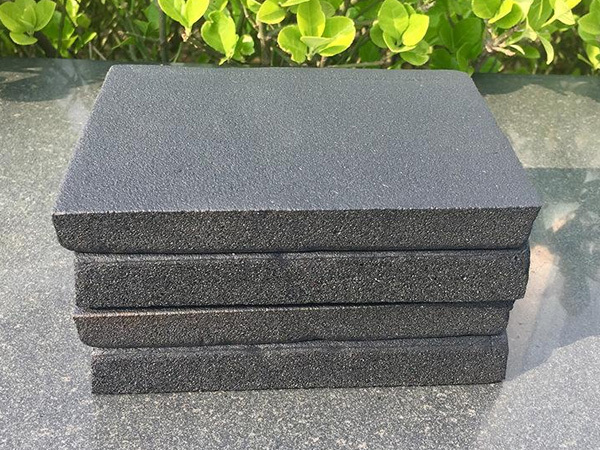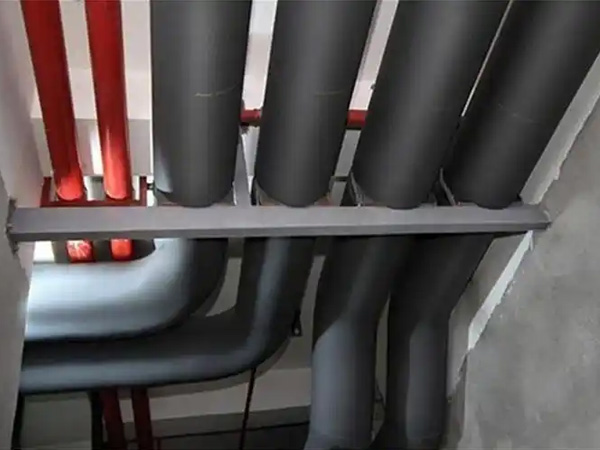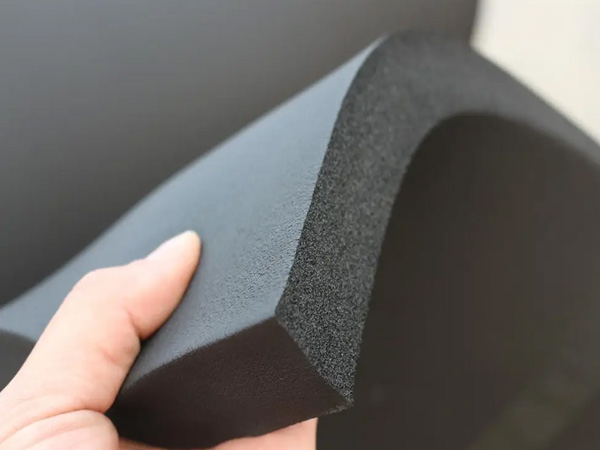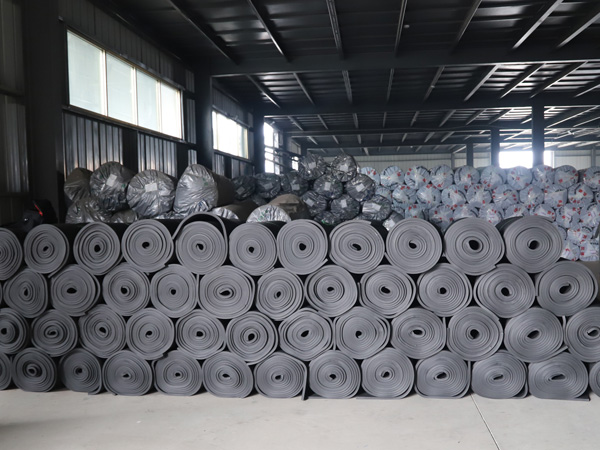Performance Differences and Applications of Elastomeric Foam at Various Densities
2025-06-18 15:38:50
Performance Differences and Applications of Elastomeric Foam at Various Densities
1. Low-Density Foam (30–50 kg/m³)
Key Properties:
Lightweight and highly flexible
Lower compressive strength (50–100 kPa)
Slightly higher thermal conductivity (~0.038 W/m·K)
Best Applications:
HVAC duct insulation in commercial buildings
Residential plumbing pipes (non-load-bearing)
Curved or irregular surfaces requiring easy conformability
Limitations:
Not suitable for high-traffic areas
Requires protective jacketing in exposed outdoor installations
2. Medium-Density Foam (50–80 kg/m³)
Key Properties:
Balanced flexibility and rigidity
Compressive strength 100–250 kPa
Optimal thermal performance (0.034–0.036 W/m·K)
Best Applications:
Industrial piping (chilled water, steam lines ≤120°C)
Exterior wall insulation (protected behind cladding)
Equipment noise reduction enclosures
Special Features:
Most cost-effective for general-purpose use
Accepts adhesives and mechanical fasteners equally well
3. High-Density Foam (80–120 kg/m³)
Key Properties:
Rigid structural capability (250–400 kPa compressive strength)
Superior impact resistance
Lowest thermal conductivity (0.032–0.034 W/m·K)
Best Applications:
Walkable roof insulation (with protective coating)
Cold storage floor underlayment
High-vibration environments (pump housings, generator bases)
Critical Advantages:
Withstands occasional foot traffic without deformation
Maintains R-value under mechanical load
4. Ultra-High-Density Specialty Grades (120–200 kg/m³)
Key Properties:
Near-solid elastomer characteristics
Extreme load-bearing (400–800 kPa)
Modified fire/smoke performance
Specialized Uses:
Offshore oil platform pipe supports
Nuclear facility secondary containment
Ballistic protection layers in secure facilities
Selection Guidelines
Energy Efficiency Priority: Medium-density offers best thermal/cost balance
Mechanical Stress Areas: Always specify ≥80 kg/m³ where compression occurs
Retrofit Projects: Lower densities ease handling in confined spaces
For hybrid systems, transition zones between densities should use tapered edges to prevent thermal bridging. Most manufacturers provide custom density zoning within single panels for optimized performance.

OurFlame Retardant Rubber Foamis a premium closed-cell elastomeric insulation material engi...

OurRubber Pipe Insulationis a high-performance solution designed specifically for HVAC pipi...

Rubber Foam Insulation Sheet – Product Introduction Premium Flexible Insulation for Therm...

Specially engineered for refrigeration applications, ourElastomeric Rubber Insulationprovid...



